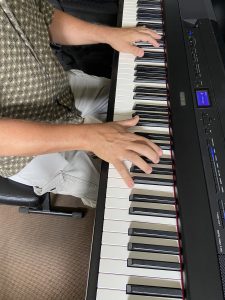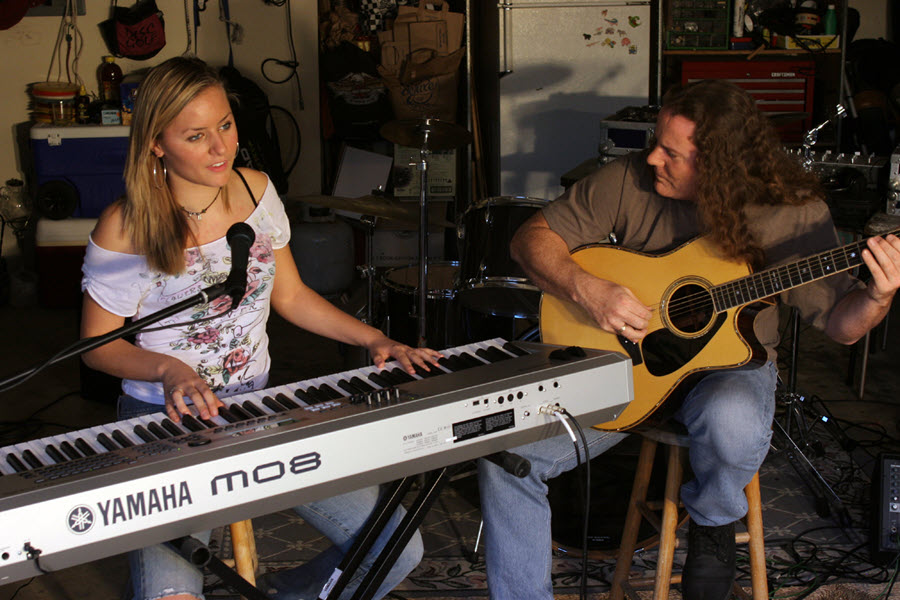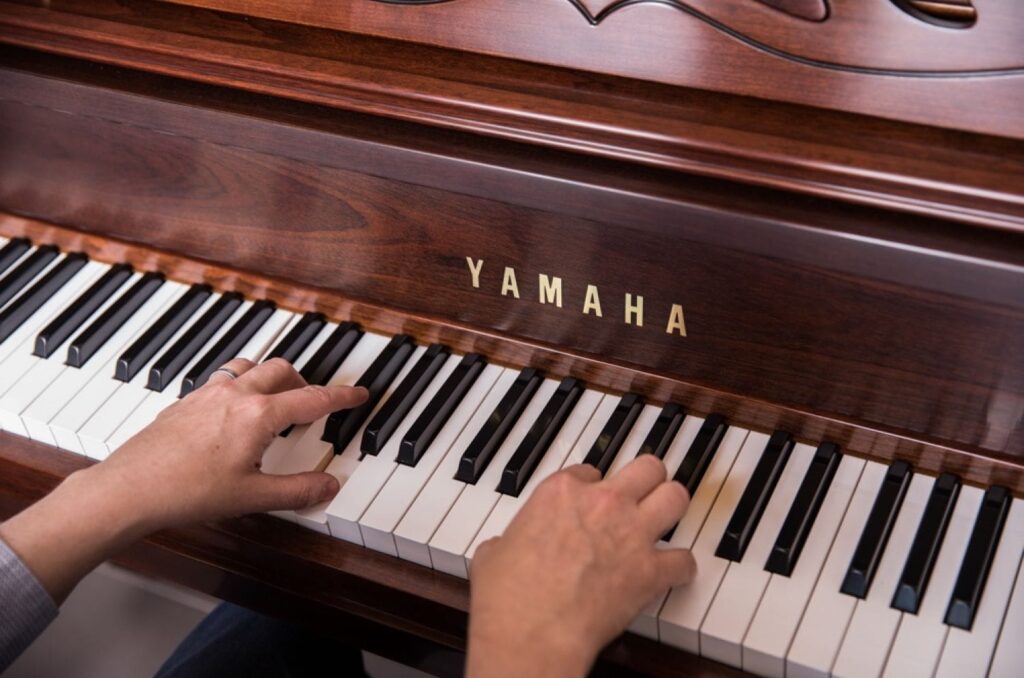Tagged Under:
Effective Time Management for Keyboard Practice
Here’s how to get the most out of your practice routine.

Like anything in life, when you are trying to achieve a goal, you need to be organized and have a clear sense of what you want to accomplish, and you have to go about achieving it methodically. It’s not enough to put in your 10,000 hours: you need to be targeted with your time. While we are all different and don’t necessarily share the same musical goals, I’d like to offer a number of suggestions that can help you effectively schedule your practice time and musical activities.
Prepare for Success
Practicing needs to be done with your full concentration, and without distractions. Here are some tips to make sure your situation is conducive to that.
- Is your music space private, or do people walk through the area? It’s best to be alone. If other people have to be around, can you set things up so that you’re facing a wall, with possible distractions behind you?
- Can you wear headphones so as to not be disturbed? (This also has the benefit of you not disturbing others.) All digital keyboard instruments provide headphone jacks. Practice time is the perfect time to use them.
- Are you sitting in front of a computer screen? If so, turn off your email, browser and any sort of notification system that can distract you.
- Likewise, turn off your phone, or set it to silent. You can return messages and calls later.
I have found — and many experts agree — that consistent dedication to practice on a daily basis is much better than a “cram” session or two per week. Both your fingers and your brain will absorb and master new tasks better when working on them over multiple sessions. So, if possible, try to carve out time every day for your practice regime. You may even find that being able to put in three or four brief practice sessions over the course of a day produces better results than trying to sit at the keyboard for many hours.
The goal is to always be practicing with full concentration and clear purpose, so after working on a repetitive task for a period of time (i.e., playing scales or a specific passage from a piece of music), try to get up for a few minutes and clear your head before moving on to the next phase. You’ll find that taking even short breaks can help you to return to the keyboard with renewed focus and purpose.
Define Your Goals
No matter what technical level you are at, what style of music you like to play, or what musical goals you have, these are the most common tasks that we keyboardists face:
- Practicing scales, technical exercises and other chop-building activities
- Learning/practicing compositions chosen to help improve your chops (i.e., Bach Inventions, Chopin Études, Bill Evans jazz transcriptions, etc.)
- Working on stylistic elements like walking bass lines, chord voicings and inversions, etc.
- Developing hand independence
- Learning standards and other general purpose tunes as well as repertoire for specific playing situations (i.e., a new band, a worship service, etc.)
- Memorizing repertoire
- Developing transposition skills by playing tunes in different keys (this also helps in truly understanding a song’s harmonic and melodic structures)
- Learning solos from recordings
- Developing soloing concepts over chord changes
- Refining rhythmic skills by playing along with recordings or backing tracks/drum grooves
- Improving reading/sight-reading
Which of these are you facing? Think about it and write them down as a list. If you just say “all of them!” you need to prioritize and decide on a reasonable number of tasks to start with: You can always adjust your goals and add others later as you improve in some areas. Bear in mind that sometimes a gig (or something in your non-musical life) comes up that takes priority for a week or two; when things return to “normal,” you can return to your ongoing studies.
Establish Your Practice Routine
Now you can take your available practice time each day and break it up into the tasks you need to cover. Don’t forget that every good practice session needs to start with some simple warmup before you even touch the keyboard! This only takes a few minutes, and is well worth the time.
Once warmed up, I like to do some slow to medium exercises to get comfortable. Often I begin by just playing some scales at a moderate tempo. (A previous “Well-Rounded Keyboardist” column offered some suggestions for ways to practice scales.) A common trap you might fall into (I know I do!) is spending too much of my time on this task, so I suggest this take up no more than about 20% of your practice time. I tend to pick a few keys for each scale on a given day, and then play it in a few different keys the next day before returning to the first day’s keys, and so on. This way, I am getting some variety as well as some repetition.
Let’s assume you are approaching learning a new piece of music. This activity is going to change from day to day, as you first need to suss out the piece (learn the notes, the rhythms, fingerings etc.) and then later you will likely divide it into sections that you’ll play repetitively. Obviously you can’t do all this in one session, so I suggest you allot another 30% or so of your available time to this task. That still leaves you with around 50% of your available practice time to spend on other goals in your defined list.
Last but not least, whatever you do in your practice sessions, don’t forget to carve out some time to just play freely and have some fun!
Photo courtesy of the author.
Check out our other Well-Rounded Keyboardist postings.
Click here for more information about Yamaha keyboard instruments.















